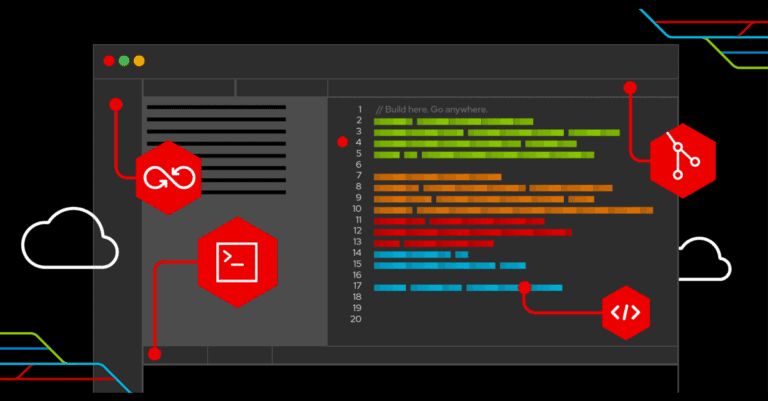The Red Hat Developer Hub should provide developers with the tools to quickly bring software to production.
The new platform features a self-service portal containing the necessary information for developers. For example, through the Red Hat Developer Hub, they can access different consoles and have access to a unified software catalog. In the portal, they will also find up-to-date documentation. “Not only is this environment easier for teams to manage, but new team members can more easily find what they need as they familiarize themselves with tools and processes, and ultimately become productive faster,” explained Red Hat.
The Red Hat Developer Hub features standardized software templates to ease onboarding. These templates abstract tasks and technology details that can slow the development and delivery process. It gives developers access to best practices and pre-designed components from platform engineering teams.
Plug-ins
Red Hat also equips the new platform with a plug-in architecture that lets developers integrate new capabilities into their toolchain. “With the new dynamic plug-in management capabilities in Red Hat Developer Hub, users can quickly and easily install, update and remove plug-ins without having to plan for downtime to modify source code, and rebuild and redeploy the base Backstage environment.”
When it came to plug-ins, Red Hat took into account the open-source CNCF project Backstage. Based on user feedback, Red Hat has built plug-ins where potential compatibility risks and operational issues should be limited. In addition, the Red Hat Developer Hub supports plug-ins from the community.
Tip: Samsung and Red Hat test CXL memory technology for data centres
